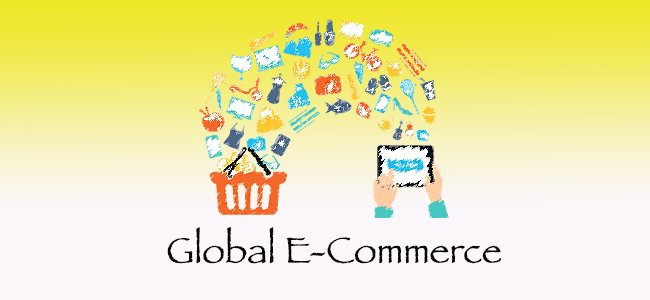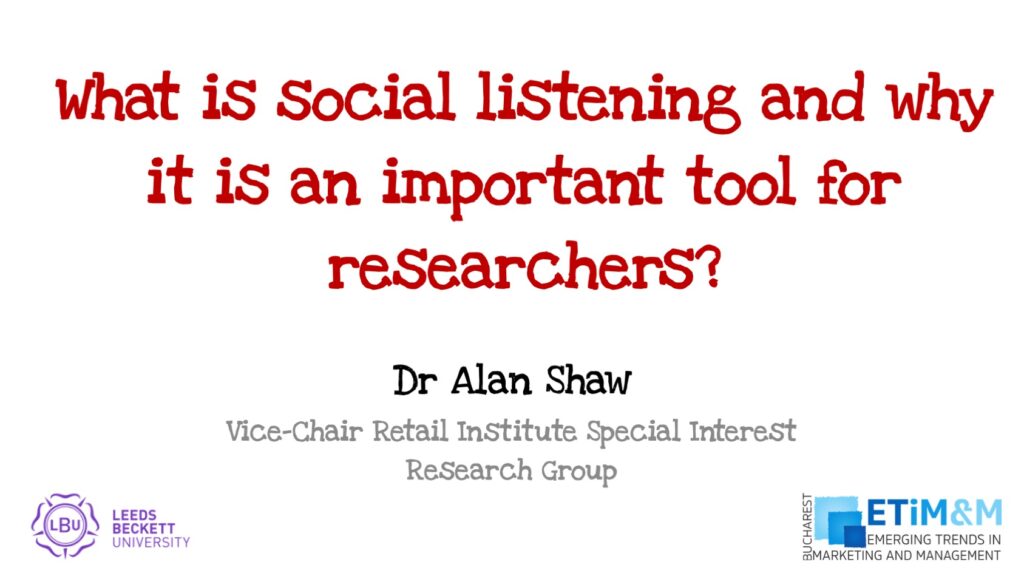
This is part II of the article focusing on ‘how to sell your B2C offering globally via e-commerce’ (click here to see part I). It was a seminar I ran last month for the Department of International Trade. Today I will be focusing on the e-commerce platforms: both internal and external.
Now you are probably wondering what I mean by internal and external platforms, well, internal e-commerce platforms are those that are associated with your own website (i.e., you own and manage them) whereas external e-commerce platforms are those that are link to third party providers. Good examples are Amazon, ebay and Alibaba (or more specifically Taobao). You are now asking yourself, why do I need an external platform to support my sales when I have an internal one? The answer is simple, if you are looking to expand your sales globally then you need to affiliate yourself to a marketplace that has a sufficient ‘footfall’ to attract buyers of your products. It goes back to the ‘being found’ question I posed in the last blog, particularly when you are targeting countries with a different language. Some countries, like China, stipulate that overseas providers cannot sell their products without a presence on their mainland: Taobao can provide you with that presence as they act as a broker.
If you are starting out and you cannot afford to produce and manage your own e-commerce site then maybe one of these third party options is the best solution for your brand. Don’t think that these sites are restricted to small players, here are examples of some big companies using these market places to expand their footprint (see figure 1 and 2).
[image source_type=”attachment_id” source_value=”2853″ caption=”Figure 1: Ebay shops from Argos, Debenhams and Tesco (major UK retailers).” align=”center” icon=”zoom” size=”large” fitMobile=”true” autoHeight=”true” quality=”100″ lightbox=”true”]
[image source_type=”attachment_id” source_value=”2856″ caption=”Figure 2: Levi’s Amazon shop.” align=”center” icon=”zoom” size=”large” fitMobile=”true” autoHeight=”true” quality=”100″ lightbox=”true”]
Each platform (Amazon, ebay and Taobao) has different commissioning rates and market place profiles: i.e., what parts of the world you can sell into, so you will need to review these in detail before making your final decision. The contract could also include the picking, packing and shipping of the product (including the management of returns). Be aware that the management of any reverse logistics operation becomes more complicated when adopting a global presence as the shipping and taxes add to the costs.
That completes this short article, it is meant as a guide for you to consider when embarking on a global sales project. Should you need any further help do not hesitate to contact us at Strategic Planet.
Alan Shaw
Latest posts by Alan Shaw (see all)
- What is social listening and why it is an important tool for researchers? - July 31, 2021
- COVID-19 and Remote Learning: Experiences of parents supporting children with SEND during the pandemic. - June 30, 2021
- Using Netnography To Evaluate The Launch And Collapse Of The European Super League - April 21, 2021
- Developing Semi-Structured Interview Questions: An Inductive Approach. - April 9, 2020
- Developing Semi-Structured Interview Questions: A Deductive Approach - April 9, 2020














